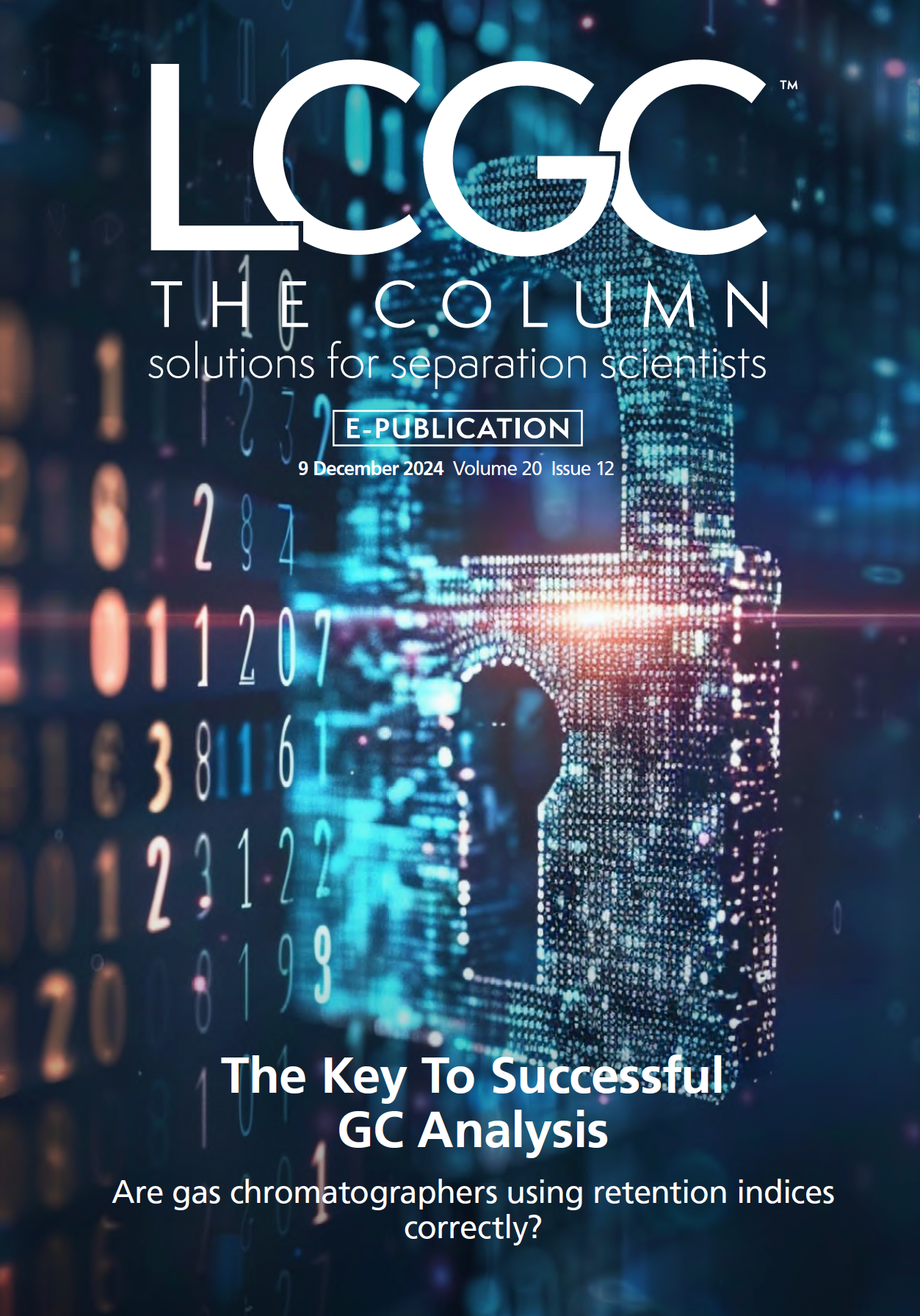SPME GC-MS–Based Metabolomics to Determine Metabolite Profiles of Coffee
Using a solid phase microextraction gas chromatography-mass spectrometry (SPME GC-MS)-based metabolomics approach, a recent study by the School of Life Sciences and Technology at Institut Teknologi Bandung (Indonesia) investigated the impact of environmental factors (including temperature, rainfall, and altitude) on volatile metabolite profiles of Robusta green coffee beans from West Java.
Coffee is one of the most popular drinks in the world and coffee trees are widely cultivated all over the world. The aim of a recent study conducted by the School of Life Sciences and Technology at Institut Teknologi Bandung (Indonesia), was to reveal the volatile metabolite profile of a single variety of Robusta green bean coffee from five major plantation regions in West Java, Indonesia and then to correlate these profiles with temperature, rainfall, and altitude. By using solid phase micro extractions and gas chromatography-mass spectrometry (GC-MS), 143 different volatile compounds were detected, with aromatic hydrocarbon, alcohols, monoterpene, pyrazines, sesquiterpenes, carboxylic acids, and terpene the most dominant. A paper on this research was published in the International Journal of Food Sciences (1).
Coffee quality is determined by a variety of characteristics, including green bean size and defect, and the origin of coffee is produced. In the end, however, consumers judge the quality of coffee by its sensory quality, especially through the aroma and flavor (2). Previous studies have indicated that coffee quality is influenced by the presence and concentrations of primary and secondary metabolites which have a role in the sensory attributes, shelf stability, and nutritional aspects of the product (3). The quality of a coffee is ranked based on chemical analysis of key compounds attributed to quality. These include biochemical compounds in the form of caffeine, chlorogenic acid, trigonelline, sucrose, and lipids (4). Comprehensive metabolite profiling, however, is more useful in the evaluation of a food product including coffee than using conventional analysis that only evaluates certain target compounds (5,6), because the metabolite composition contained in green or roasted beans is very abundant and consists of both volatile and nonvolatile metabolites (7)
The authors of the study report that the combination of metabolite analysis technologies (including SPME-GC-MS) and multivariate analysis is effective for distinguishing the geographical origin of Robusta coffee in West Java, based on volatile metabolite profiles. Furthermore, they believe that the study offers important insights into the variations in metabolites of the beans based on their cultivation locations in West Java, which can help confirm coffee authenticity according to its geographical origin. In addition, their findings confirm that the volatile metabolite profile of the beans is influenced by temperature and rainfall, leading to variations in key compounds that may affect coffee quality. Shifts in temperature and rainfall may present challenges in maintaining consistent coffee quality, and may require coffee farmers to consider adaptation strategies, such as relocating coffee cultivation to new areas (1).
Although their study effectively profiles volatile and semivolatile metabolites using SPME, the researchers admit that it has limitations, including the potential for undetected metabolites and a focus on specific Robusta coffee–growing areas in West Java during a single harvest period. Therefore, these results cannot be generalized. Future research should involve larger sample sizes and multiple harvest seasons, as well as the consideration of additional environmental factors such as soil conditions, light intensity, shading, and farming practices. The researchers also recommended profiling volatile metabolites in roasted coffee, as the roasting process significantly impacts the final coffee quality perceived by consumers (1).
Fresh green coffee beans spilling from a rustic burlap sack onto a white background. ©JohnDesignHub - stock.adobe.com

References
1. Marwani, E.; Syamsudin, T. S.; Awaliyah, S.; Maulani, R. R.; Hidayat, A.; Husyari, U.D.; Widiyanto, S. Volatile Metabolite Profiles of Robusta Green Bean Coffee From Different Geographical Origins in West Java and Their Correlation With Temperature, Rainfall, and Altitudes Using SPME GC-MS-Based Metabolomics. Int. J. Food Sci. 2024, 6908059. DOI: 10.1155/2024/6908059
2. Leroy, T.; Ribeyre, F..; Bertrand, B..; Charmetant, P.; Dufour, M.; Montagnon, C.; Pot, D., Genetics of Coffee Quality, Brazilian Journal of Plant Physiology 2006, 18, no. 1, 229–242. DOI: 10.1590/S1677-04202006000100016
3. Flament, I.; Thomas, Y. B. Coffee Flavor Chemistry; John Wiley and Sons, 2002. https://www.wiley.com/en-us/Coffee+Flavor+Chemistry-p-9780471720386.
4. Fridell G. Coffee; John Wiley and Sons, 2004. https://www.wiley.com/en-us/Coffee-p-9780745685908.
5. Wishart D. S. Metabolomics: Applications to Food Science and Nutrition Research. Trends Food Sci. Technol. 2008, 19 (9), 482–493. DOI: 10.1016/j.tifs.2008.03.003,
6. Putri, S.; Fukusaki E. Metabolomics as a Powerful Ttool for Coffee Authentication, Achieving Sustainable Cultivation of Coffee, 9781838793883, Burleigh Dodds Science Publishing, 2018, 337–357.
7. Cordoba, N.; Alduenda, M. F.; Moreno, F. L., and Ruiz Y., Coffee Extraction: A Review of Parameters and Their Influence on the Physicochemical Characteristics and Flavour of Coffee Brews. Trends Food Sci. Technol. (2020) 96, 45–60. DOI: 10.1016/j.tifs.2019.12.004.

New Method Explored for the Detection of CECs in Crops Irrigated with Contaminated Water
April 30th 2025This new study presents a validated QuEChERS–LC-MS/MS method for detecting eight persistent, mobile, and toxic substances in escarole, tomatoes, and tomato leaves irrigated with contaminated water.

.png&w=3840&q=75)

.png&w=3840&q=75)



.png&w=3840&q=75)



.png&w=3840&q=75)















